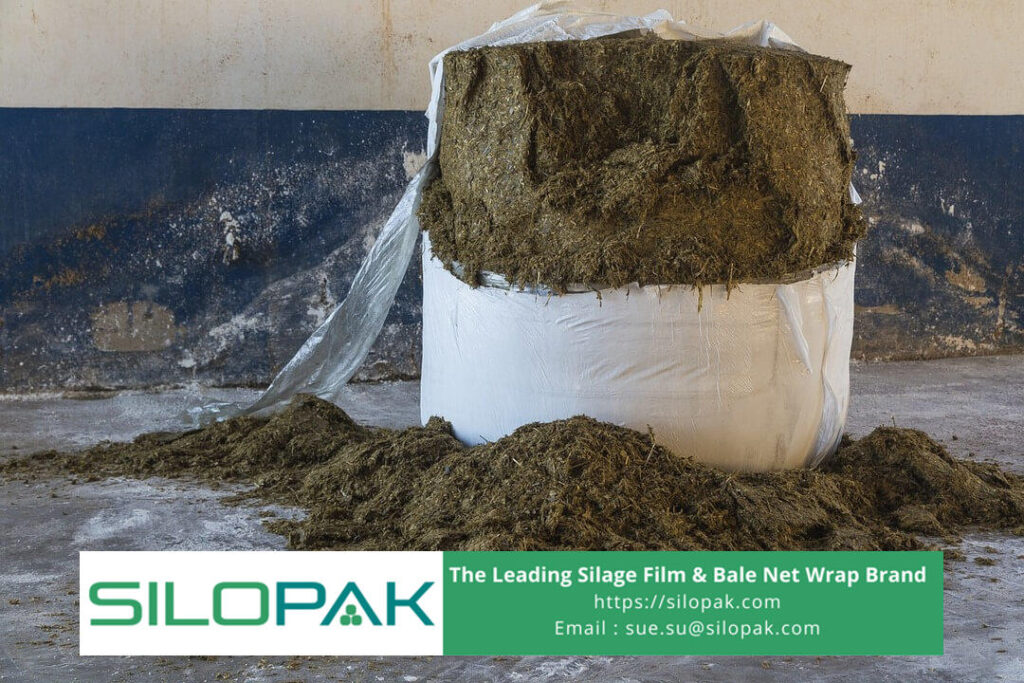
If you are looking for the best and most economical livestock feed available all year round for your beef cattle, consider cowpeas. Did you know that cowpeas are a versatile solid feed ingredient, livestock like them because they are good in taste. Another valuable point is that this type of bean is nutritious, it can be grown and harvested as forage or feed grain. Many breeders are successful in providing excellent cowpea fodder for all livestock.
contents
How Cowpea Fodder Influences the Cattle’s Performances
Knowledge of it is not difficult to explore in line with its popularity among breeders. Generally, cowpeas are grown and harvested as a grain. It has a high starch content of about 50%, related to the energy produced when consumed.
This level turned out to be comparable to superior grains such as corn. The crude protein level is usually around 25% but can vary from 17% to 27%. Cowpea does not only have one variety, many have been successfully cultivated and affecting the cattle’s growth.
Underline that each planting process will depend on growing conditions and other factors. But the good thing is the nutritional composition of cowpea fodder, which means there is a lot of energy and protein content in a feed of livestock, be it cows, horses, goats, or others.
Protein degradation is very high, it is what breeders are looking for. Farmers who feed their cowpeas directly benefit from rumen microbial growth. Of course, this will have a positive effect on forage digestion, in short, this means an increase in feed efficiency.
Many literacies call cowpea a type of legume grain rich in protein and flour. This plant holds a contribution as the main livestock feed in sub-Saharan Africa and parts of Asia and America. We need to see the potential of cowpea as a useful ingredient in various processed food products not only for humans but also for the livestock industry. There are still efforts that can be treated to increase the nutrition of this plant.
We know that if the need for vegetable protein is still sustainable, it means that on the other hand, there is the potential to expand the use of cowpea apart from the well-known utilization method.
Breeders need to understand some of the nutritional content in cowpea fodder which has high protein, energy (in starch) which is slowly digested, and the fiber content of the feed. Apart from the cost of production, planting or purchasing cowpeas is affordable and popular.
Many studies have shown that legumes have a higher protein content than grass. Even in the process of growing, legumes require more management than grasses because there are more internal and external factors related to fertility and soil type. Utilizing legume types simultaneously and with precision is also good for increasing the productivity of your livestock.
How Should Start Planting This?
The advantage of cowpea is how fast it grows. Fattening sheep and cattle is a good goal in cultivating cowpeas on your land. Dairy cows are the type of livestock suitable for this crop. If you apply crop rotation, cowpeas naturally make soil nitrogen levels rise significantly.
Grains that come from cowpeas are best. Planting cowpea does not depend hard on environmental conditions, it can survive drought and heat. So in some situations, cowpea is the solution.
See if some of these soil types are suitable for growing cowpeas such as slopes and plains with a minimum annual rainfall of around 500 mm, and to coastal areas or parts close to irrigation. Predominant summer rainfall is also good for starting planting.
That means, there are not many special requirements, and are relatively suitable for growing in various types of soil and rainfall. Here are some important points from Cowpea that you need to know before starting planting execution.
- It has a predicate as a high-quality feed with suitability to light sandy soils.
- Has quite a well recovery after grazing and resistance to root rot.
- Cowpea fodder is the potential for grain production after grazing.
- Tolerance to heat & moisture stress which is not any legumes goes with.
- Suitability for sheep and cattle, dairy cows as well.
- Suitability for hay and silage (for preservation through many hard seasons).
- No worries since it is high in the availability of seeds and cheap.
The Conclusion
Cowpea fodder has been scientifically proven through many studies to be a very versatile and effective feed ingredient for beef cattle. Farmers use it not only for animal performance but in a sustainable manner it has the potential to improve the quality of products such as meat. When you are deciding what to grow or provide for animal feed, there will be many factors influencing it.
One of the main ones is the economic factor, which is your purchasing power or your ability to grow certain types of feed continually. However, considering the many success stories of breeders with cowpeas, you should consider it.
